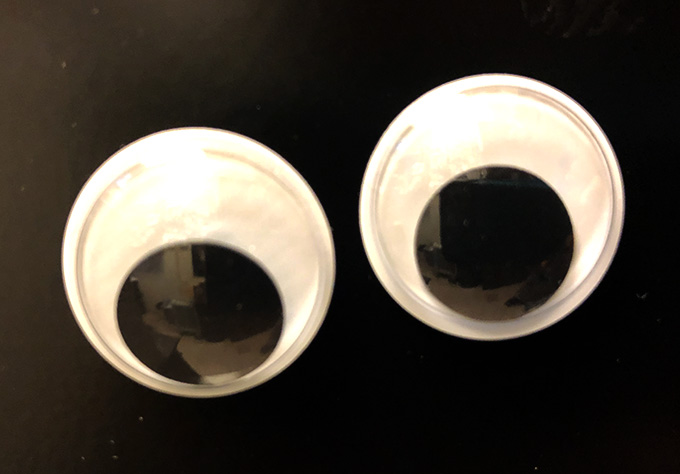Narwhal Tusks and Googly Eyes!
By Alex Spear and Chapman OdlumHello!
We are Alex and Chapman, research assistants working for the Peary-MacMillan Arctic Museum. This summer, we had the opportunity to experience many of the unique behind-the-scenes aspects of the museum, and we’d love to share some of our most memorable moments.
One of our first projects was to scan collections: a set of letters from a couple, Mrs. and Mr. Ogletree, in Labrador, and the diary of a young man, Richard Levy, on one of MacMillan’s expeditions. We learned, of course, the technical method of scanning paper materials, but what will stick with us is our sense of connection to people writing decades ago. Rather than the formal and serious conception of historical figures many of us are familiar with, these people were very much like us. Richard Levy recorded his day-to-day experiences exploring the Arctic, including silly antics with his crewmates, which sometimes involved ropes, fish, and confused birds. The Ogletrees wrote to their parents with excitement when their chickens laid a usable amount of eggs per week. They both used slang that we use today—for example, using “flop” to describe things that went poorly. We certainly expected days spent scanning archival materials, but we didn’t expect to feel such a connection with people who wrote so many years ago.



 After a fast-paced morning at the museum (gluing googly eyes with kids at the Summer in Arctic childrens program, then researching Anaktuvuk Pass masks for an exhibition) we were enjoying a slower afternoon when Hannah, our wonderful boss, shared an email from the Brickstore Museum. It was about the diary of a mariner from 1870, which is entirely in English except the last page. They didn’t recognize it as a particular language or code, and were asking for some outside input. Naturally, we got to work right away. We sifted through the passage for two- or three-letter words and for double characters, and eventually deduced that one part of the quote at the bottom could say “memory.” At that moment the possibility started to set in—it’s likely nobody has read this passage since 1870, and we might be about to crack it?! We were still doubtful we were on the right track until we translated, “Lord keep my memory green”—a Charles Dickens quote. We were definitely onto something. More and more characters fell into place in a cascade of cryptographic clarity, and soon we had cracked the code! It was incredible thinking that we were likely the first to read and understand this letter since the 1870s. (If you’re curious about the code, there is a post on the Arctic Museum’s instagram account containing the original passage and a translation!) It definitely made our day; maybe even our summer.
After a fast-paced morning at the museum (gluing googly eyes with kids at the Summer in Arctic childrens program, then researching Anaktuvuk Pass masks for an exhibition) we were enjoying a slower afternoon when Hannah, our wonderful boss, shared an email from the Brickstore Museum. It was about the diary of a mariner from 1870, which is entirely in English except the last page. They didn’t recognize it as a particular language or code, and were asking for some outside input. Naturally, we got to work right away. We sifted through the passage for two- or three-letter words and for double characters, and eventually deduced that one part of the quote at the bottom could say “memory.” At that moment the possibility started to set in—it’s likely nobody has read this passage since 1870, and we might be about to crack it?! We were still doubtful we were on the right track until we translated, “Lord keep my memory green”—a Charles Dickens quote. We were definitely onto something. More and more characters fell into place in a cascade of cryptographic clarity, and soon we had cracked the code! It was incredible thinking that we were likely the first to read and understand this letter since the 1870s. (If you’re curious about the code, there is a post on the Arctic Museum’s instagram account containing the original passage and a translation!) It definitely made our day; maybe even our summer.
We are so thankful to the Museum Staff for all of these experiences that will fuel our fun facts for years to come. We never knew what to expect when we clocked in – there was no such thing as an “average day” – and it was amazing.
